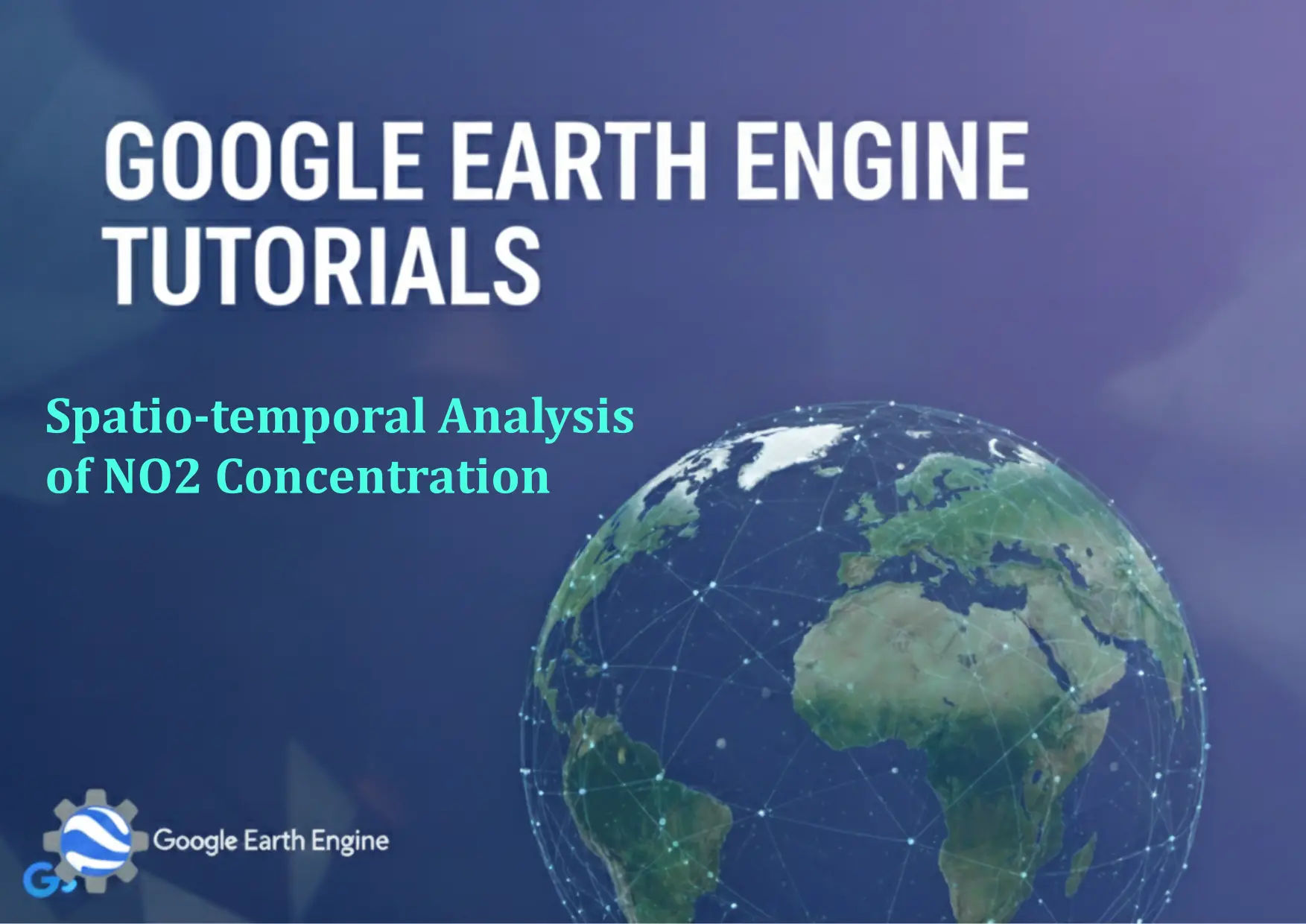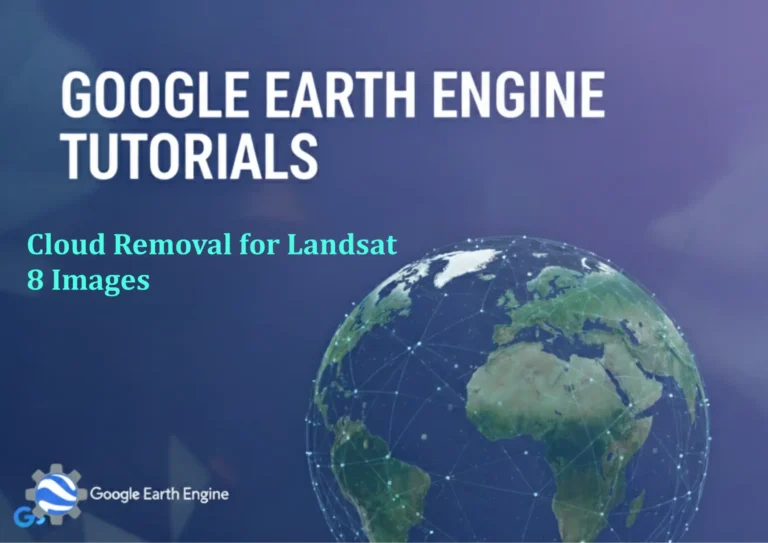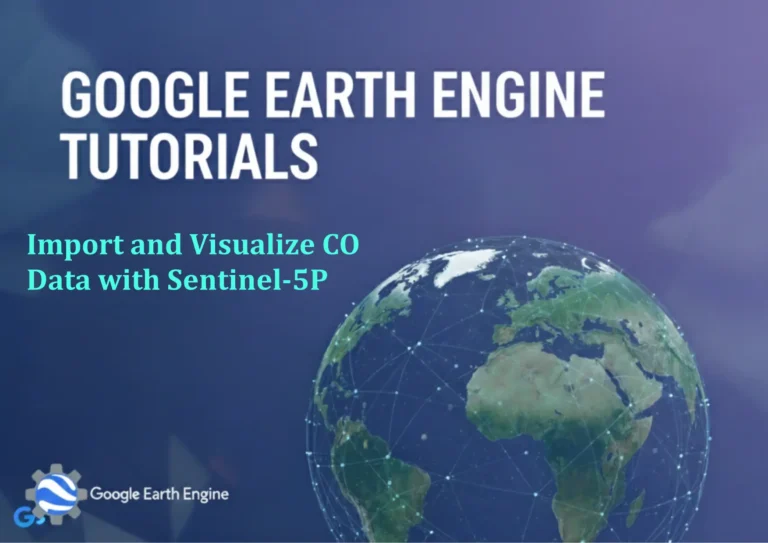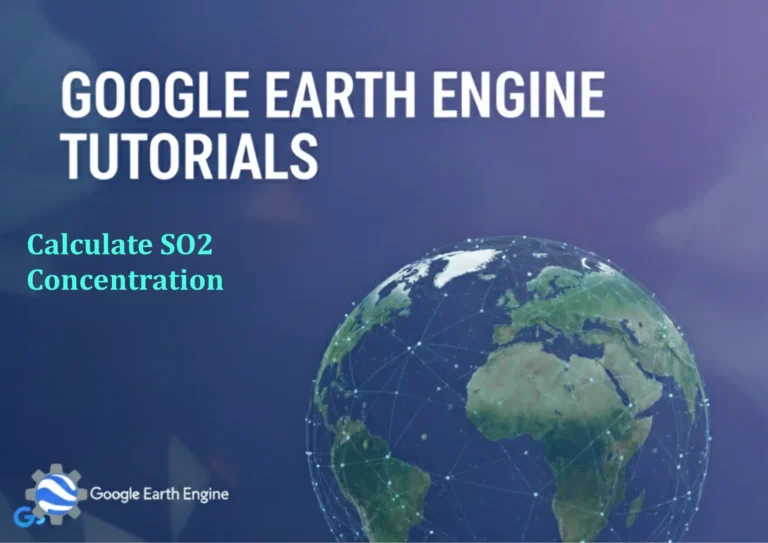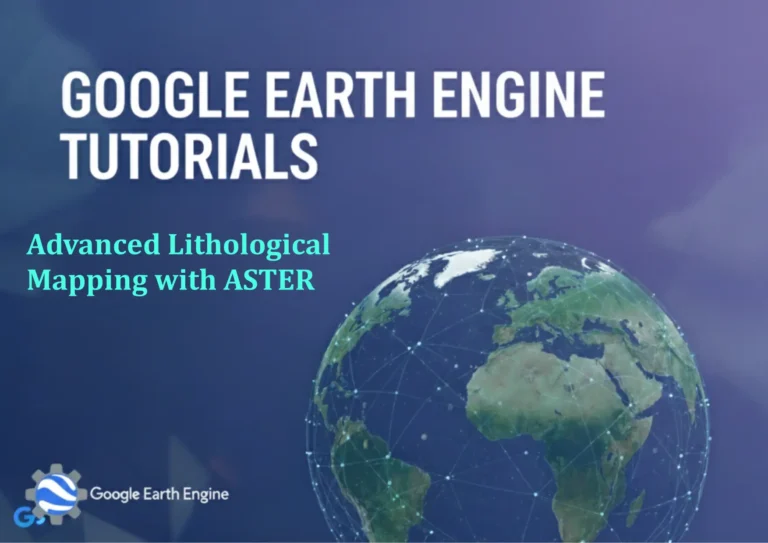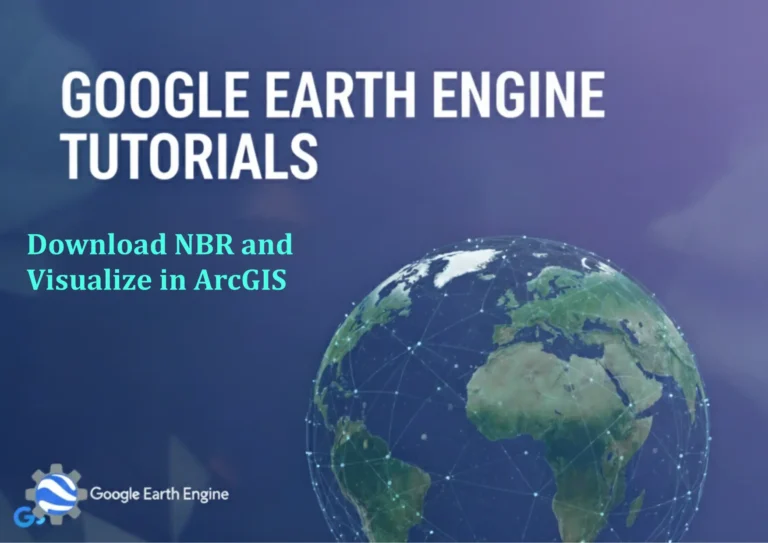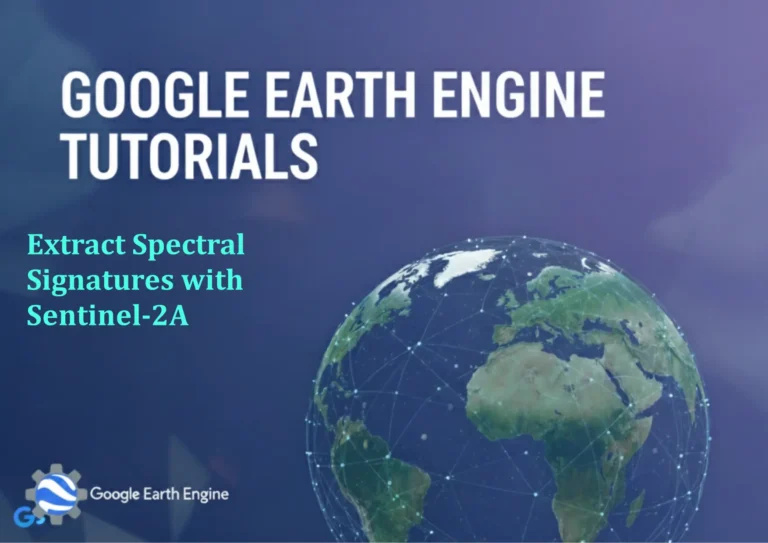Google Earth Engine Tutorial: Spatio-temporal Analysis of NO2 Concentration
Credit: Youtube Channel “Terra Spatial, Learn how to perform spatio-temporal analysis of nitrogen dioxide concentration using time series charts.”
You can see all the tutorials from here: Techgeo Academy.
Google Earth Engine (GEE) offers powerful tools for spatio-temporal analysis of environmental data, including nitrogen dioxide (NO2) concentrations. NO2 is a key air pollutant that can be monitored using satellite data, and GEE allows for efficient processing of large datasets over time. This tutorial provides a step-by-step guide to analyze NO2 trends using GEE.
Prerequisites
To follow this tutorial, ensure you have:
- A Google Earth Engine account and access to the GEE Code Editor.
- Familiarity with JavaScript syntax and basic GIS concepts.
- Understanding of satellite remote sensing data and its applications in environmental monitoring.
Data Sources
GEE provides access to various NO2 datasets. The most common include:
Sentinel-5P (TROPOMI): Offers high-resolution NO2 data with daily temporal coverage. This dataset often uses the “NO2” band from the “COPERNICUS/S5P/NRTI/L3_NO2” collection.
OMI (Aura): From NASA’s Aura satellite, suitable for long-term historical analysis.
Other datasets: Consider using MODIS or other instruments depending on your research goals.
Step-by-Step Tutorial
Step 1: Initialize the Earth Engine API
var ee = require('ee');
ee.Initialize();Ensure your GEE account is authenticated and the API is enabled.
Step 2: Load NO2 Data
var no2 = ee.ImageCollection('COPERNICUS/S5P/NRTI/L3_NO2');This command accesses the Sentinel-5P NO2 dataset. Adjust the dataset name based on the source you choose.
Step 3: Filter by Time and Location
var filtered = no2.filterDate('2020-01-01', '2020-12-31')
.filter(ee.Filter.geometry(ee.Geometry.Rectangle([minX, minY, maxX, maxY])));Replace the date range and coordinates with your study area’s bounds.
Step 4: Aggregate Data (Optional)
var annualAverage = filtered.mean();Use aggregation functions like mean(), median(), or max() to summarize data across time.
Step 5: Visualize NO2 Concentrations
Map.setCenter(longitude, latitude, zoomLevel);
Map.addLayer(filtered, {min:0, max:0.0002, palette: 'blue, green, yellow, orange, red'}, 'NO2');Adjust the visualization parameters to highlight concentration patterns effectively.
Step 6: Export Results
Export.image.toDrive({
image: annualAverage,
description: 'NO2_Analysis',
folder: 'GEE_Exports',
fileNamePrefix: 'no2_concentration',
region: geometry,
scale: 1000,
maxPixels: 1e10
});Export processed data as a GeoTIFF or CSV for further analysis in GIS software.
Advanced Techniques
Time Series Analysis: Use the getRegion() or reduceRegion() functions to extract NO2 trends for specific locations over multiple years.
Seasonal Patterns: Filter data by months or seasons to analyze periodic variations in NO2 levels.
Correlation with Emissions Sources: Overlay NO2 data with point datasets (e.g., industrial zones or traffic networks) to study spatial relationships.
FAQ
- What is the resolution of NO2 data in GEE?
Most datasets have a resolution of 3.5 km x 3.5 km, but higher-resolution data may vary by source. - How do I handle missing or cloudy data?
Use cloud masking functions or filter the collection to exclude invalid pixels. - Can I analyze NO2 for a specific city or region?
Yes, use spatial filters (e.g.,geometry()) to focus on any defined area. - Is there a cost associated with using GEE for this analysis?
GEE allows free use for personal and academic projects, but larger computations may require credits. - How do I visualize spatio-temporal trends over years?
Create an animated visualization usingui.Thumbnailor export time-series data as CSV files for plotting in external tools.

